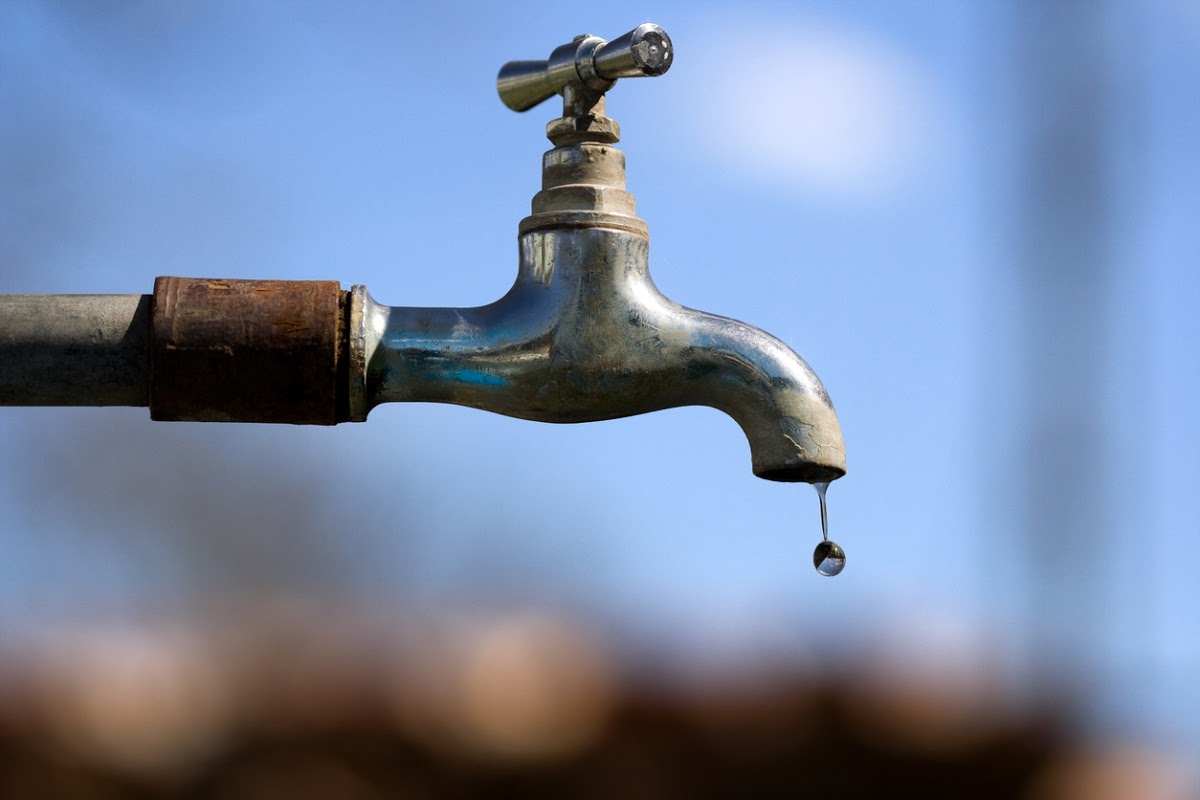Water rationing is among the various scenarios on agenda to contain the water crisis in metropolises such as Tehran in the upcoming summer, though the authorities pledge that it will be a last resort.
The continuous decline in precipitation levels over the years peaked this year and registered the lowest amount of rain in about 50 years. Although decent springtime rainfall offered a brief reprieve and partly revived several desiccated wetlands, it was not sufficient to tackle the water shortage completely, Zist Online reported.
The agriculture and industry sectors were already struggling with the issue, but the problem has now reached a point where the supply of tap water for urban residents is likely to face challenges in the warm season.
Frequent warnings in the media by officials have provoked some level of anxiety about rationing especially in the capital which is home to nearly 13 million residents. However, officials have stated that their policies aim to avoid water-use restrictions by giving priority to other strategies to tackle the problem.
Alternatives
Energy Minister Reza Ardakanian had earlier assured that plans will focus on "improving the worn-out infrastructure, implementing effective plans to reform consumption habits and encouraging voluntary public participation to handle the situation before rationing becomes essential".
But he maintained that a legal punitive measure of levying fines on high-consumption subscribers would be a possible option.
Mohammad Parvaresh, director of Tehran Province Water and Wastewater Company, had also said that those in charge "are making efforts to devise plans that would not necessitate turning off water taps for this year."
Yet, he stressed that the best way to make up for the shortage is to manage consumption, but through awareness-raising and public contribution rather than restrictive moves.
Earlier in February, Manouchehr Nozaripour, deputy director at the Tehran water company, had pointed to a three-level color-coding system for water conditions namely green or normal, yellow and red.
"Given the current size of [upstream] snow reserves [feeding the water] behind dams, we are in the green status at the moment, but if low rainfall persists, we will have to implement the measures for the yellow status which means reducing household consumption by 15%," he had said.
In case of greater shrinkage of resources in the summer, the red scenario will be enacted involving further decline in urban water use.
Mohammad Reza Bakhtiari, head of Tehran's Regional Water Authority, pointed to the management of supply and demand as two key strategies at crunch times. "Supply management in terms of water involves fast-track solutions such as digging new wells while demand management entails the use of restrictive and supervisory tools to reduce consumption," he said. He set greater store by the latter strategy calling for the public to contribute by enhancing efficiency in consumption. None of the authorities have explicitly clarified whether or not rationing will be carried out in the upcoming summer meaning it will remain an option depending on climate trends.


